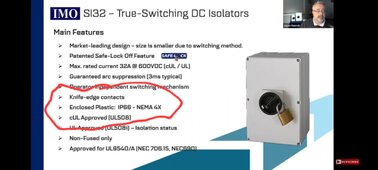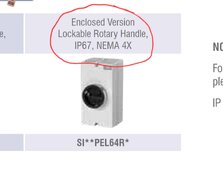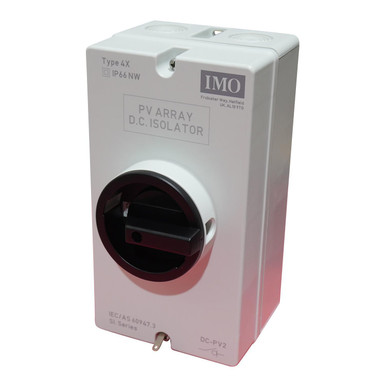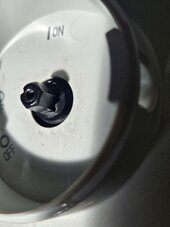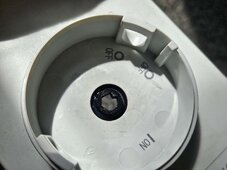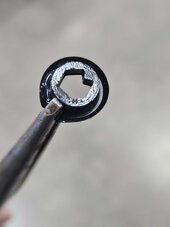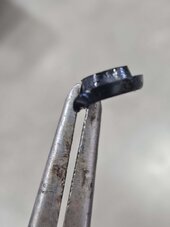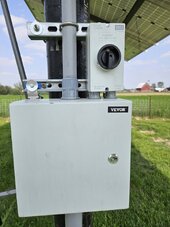fourtytwo
New Member
That video way back in post #1 is very misleading. It quotes a fire authority who have no electrical engineering expertise simply based on there observations. I have personally observed in many instances incorrect equipment being used for DC breakers, most typically components designed for use with 440V 3-phase AC circuits and in no way suitable for DC.
IMOP a DC breaker is essential to allow the panels to be isolated ON LOAD from a faulty inverter to prevent fire in same.
However it should obviously be properly rated for the job, environmentally protected and accessible from the ground.
I cannot imagine what idiocy led to fitting of isolators on roofs of normal domestic premises if there is no ground accessible companion.
Now you can all shoot me down, I only spout common sense!
IMOP a DC breaker is essential to allow the panels to be isolated ON LOAD from a faulty inverter to prevent fire in same.
However it should obviously be properly rated for the job, environmentally protected and accessible from the ground.
I cannot imagine what idiocy led to fitting of isolators on roofs of normal domestic premises if there is no ground accessible companion.
Now you can all shoot me down, I only spout common sense!



